Fugang Wang
Rank Position Forecasting in Car Racing
Oct 23, 2020
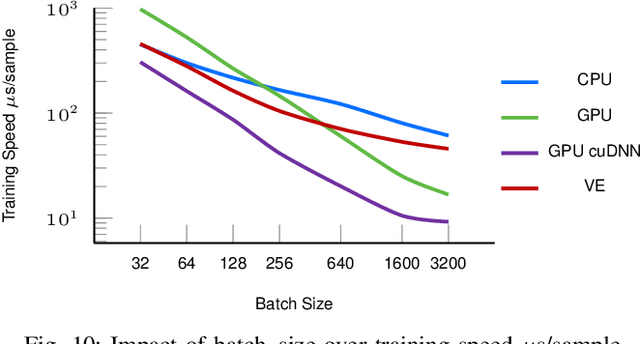
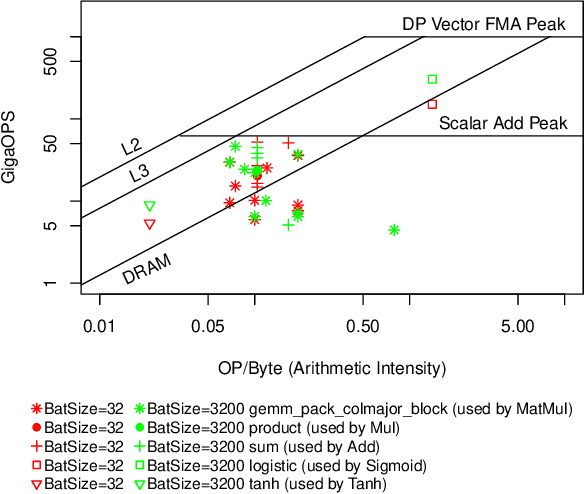
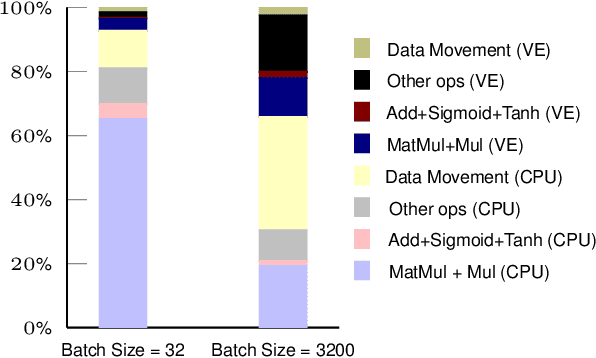
Abstract:Forecasting is challenging since uncertainty resulted from exogenous factors exists. This work investigates the rank position forecasting problem in car racing, which predicts the rank positions at the future laps for cars. Among the many factors that bring changes to the rank positions, pit stops are critical but irregular and rare. We found existing methods, including statistical models, machine learning regression models, and state-of-the-art deep forecasting model based on encoder-decoder architecture, all have limitations in the forecasting. By elaborative analysis of pit stops events, we propose a deep model, RankNet, with the cause effects decomposition that modeling the rank position sequence and pit stop events separately. It also incorporates probabilistic forecasting to model the uncertainty inside each sub-model. Through extensive experiments, RankNet demonstrates a strong performance improvement over the baselines, e.g., MAE improves more than 10% consistently, and is also more stable when adapting to unseen new data. Details of model optimization, performance profiling are presented. It is promising to provide useful forecasting tools for the car racing analysis and shine a light on solutions to similar challenging issues in general forecasting problems.
AICov: An Integrative Deep Learning Framework for COVID-19 Forecasting with Population Covariates
Oct 08, 2020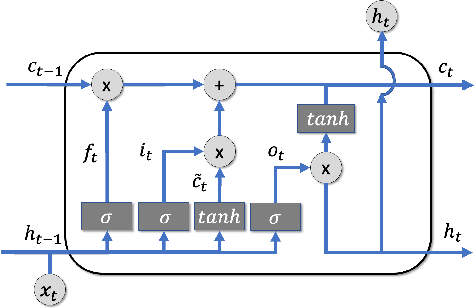

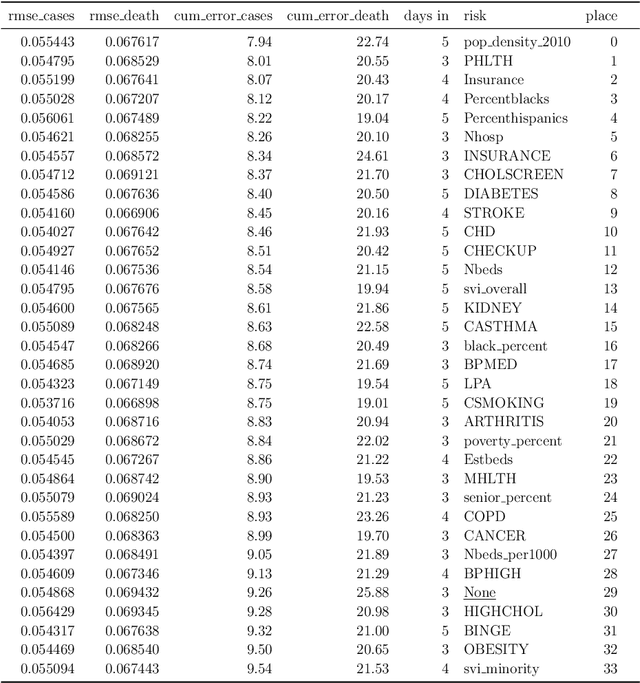
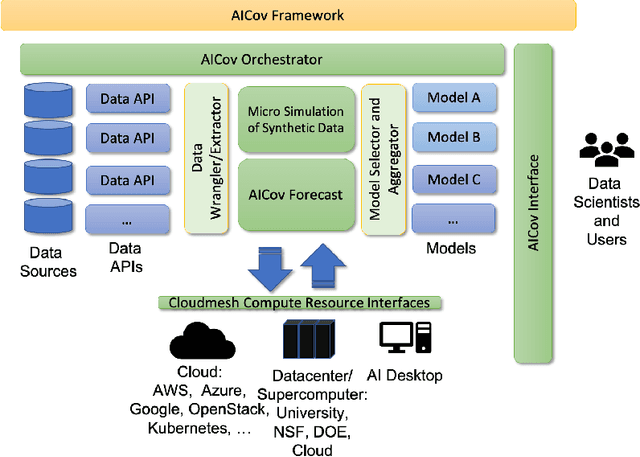
Abstract:The COVID-19 pandemic has profound global consequences on health, economic, social, political, and almost every major aspect of human life. Therefore, it is of great importance to model COVID-19 and other pandemics in terms of the broader social contexts in which they take place. We present the architecture of AICov, which provides an integrative deep learning framework for COVID-19 forecasting with population covariates, some of which may serve as putative risk factors. We have integrated multiple different strategies into AICov, including the ability to use deep learning strategies based on LSTM and even modeling. To demonstrate our approach, we have conducted a pilot that integrates population covariates from multiple sources. Thus, AICov not only includes data on COVID-19 cases and deaths but, more importantly, the population's socioeconomic, health and behavioral risk factors at a local level. The compiled data are fed into AICov, and thus we obtain improved prediction by integration of the data to our model as compared to one that only uses case and death data.
 Add to Chrome
Add to Chrome Add to Firefox
Add to Firefox Add to Edge
Add to Edge